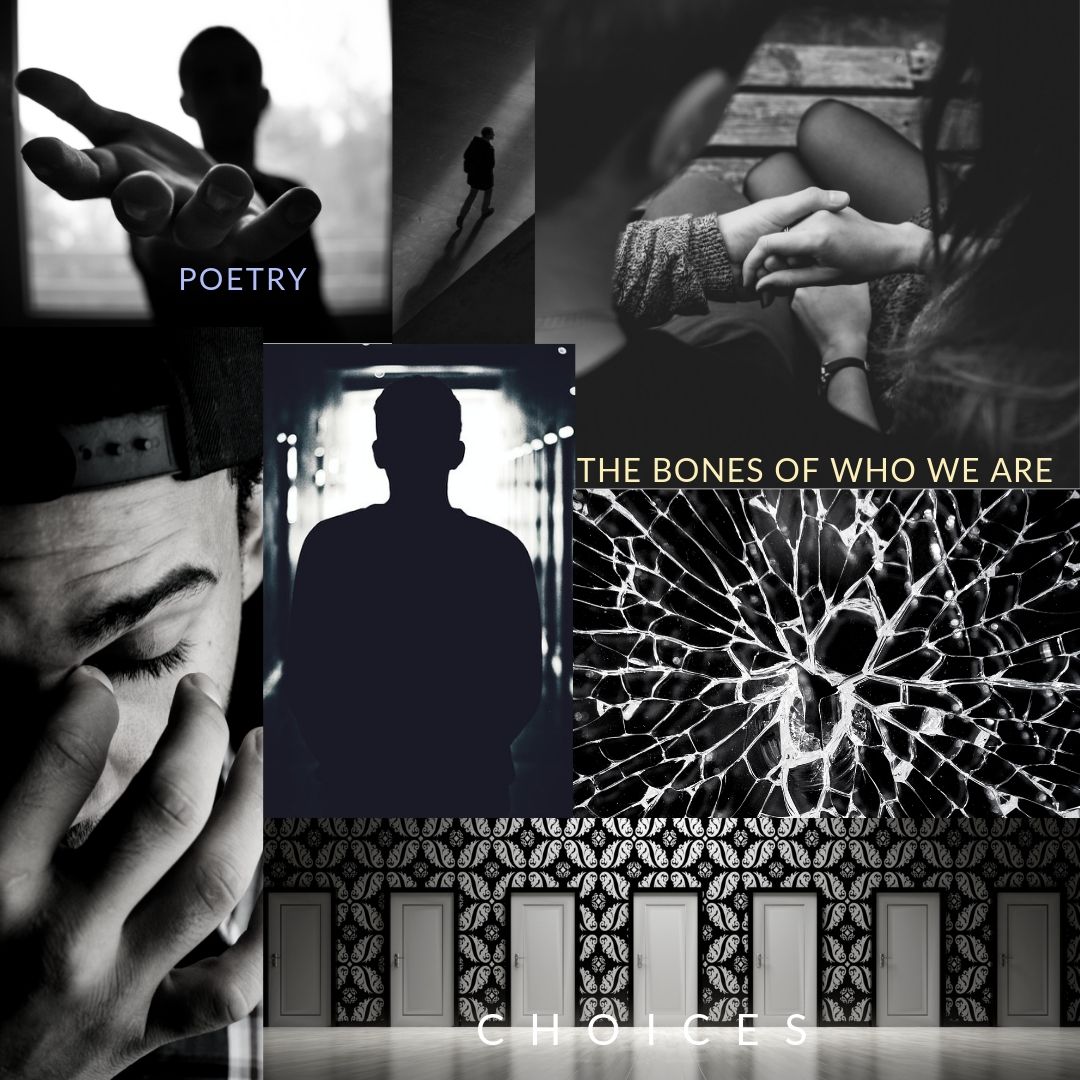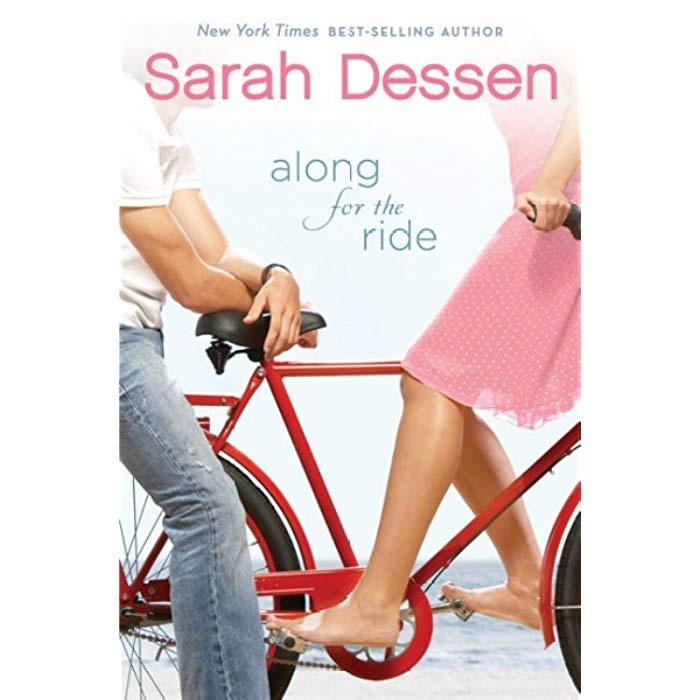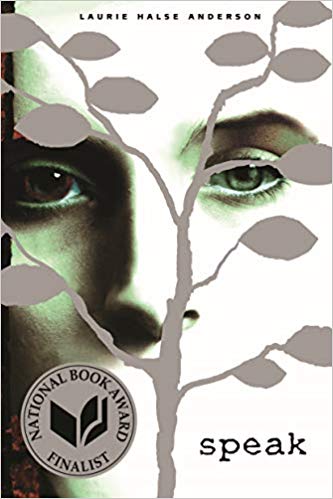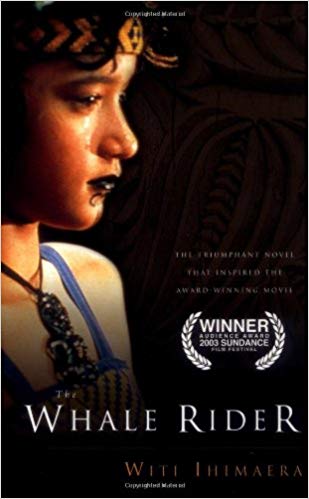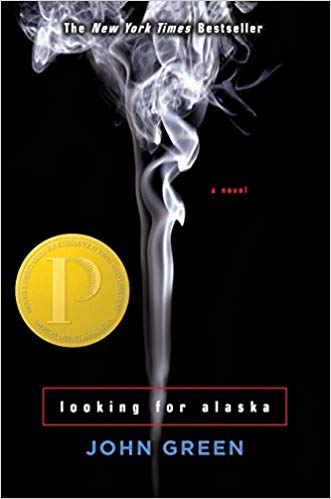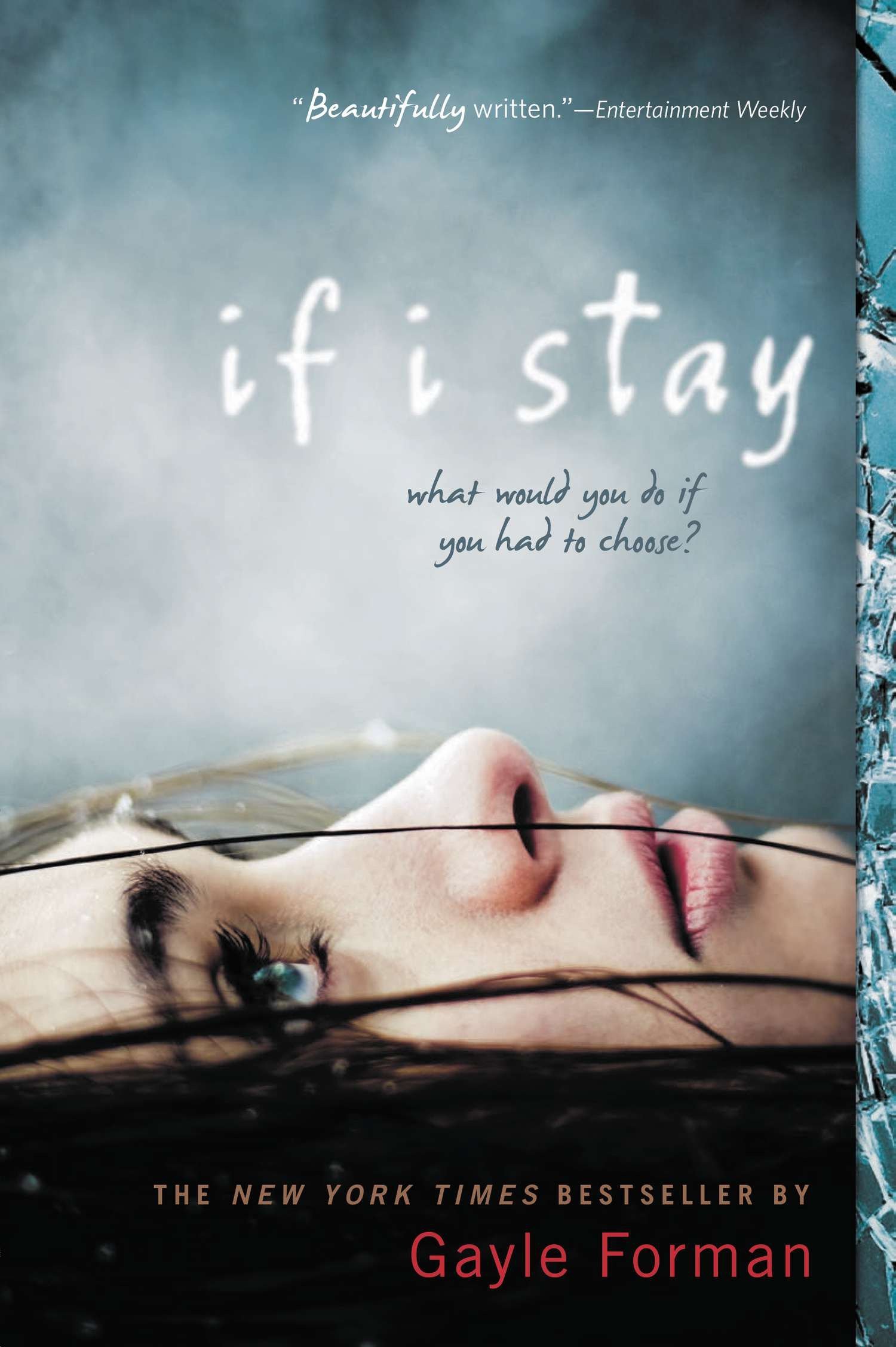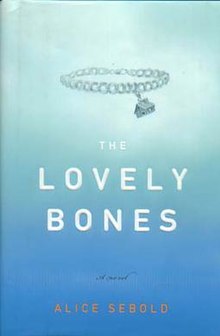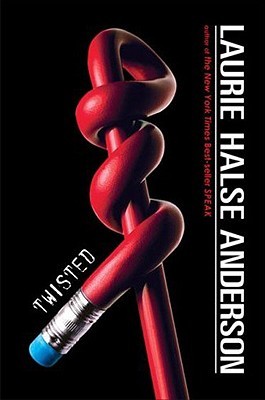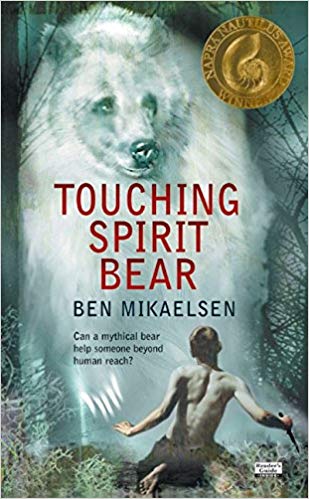It has been a week since The Bones of Who We Are released. A gorgeous week filled with support for Gabe and his story. I am so very grateful. I remember when I got to that point I was ready to share the story, how terrifying it was because I knew I’d taken a risk with his story, but with the wonderful and supportive feedback, I am so ecstatic.
John Green said in a Crash Course about Literature that when an author lets go of the story and gives it over to the audience, it ceases being the author’s story and becomes the readers’. I love this. So, I’d like to share some of the impressions Gabe’s story in THE BONES OF WHO WE ARE has provided to readers.
“... the words were magic, each line so delicately put like a song you wanted to continue singing... the author sends you spiraling inside [Gabe’s] brain and his story ... and each step of the way, you become [his] cheerleader...”
“...it is rare to find a novel, a character that resembles oneself - at least for me - it was as if I was looking into a mirror... CL Walters talent for capturing, conjuring the essence of her characters is remarkable... [She] is a talent that you do not want to miss.”
“I became a fast fan of CL Walters after reading Swimming Sideways and The Ugly Truth. The Bones of Who We Are is a brilliant conclusion to the Cantos Chronicles YA Book Series.””
“Have to warn you, have tissues next to you while you read. You’ll need them.”
“The aspect that makes these books so good is that the themes, conflicts, and internal battles are deeply relatable...”
“Walters tackles heavy, important issues like Mental health and Racism with grace and tact - with a responsibility to the story without losing her voice. Beautifully paced, she drew me in but kept me guessing as the story moved to a breathless conclusion... This is a story everyone needs to read.”
Thank you so much to all of the readers who have read Gabe’s story. I am so deeply humbled and grateful for your willingness to take a chance on Swimming Sideways, The Ugly Truth and now, The Bones of Who We Are. Please continue to share your experience with me, with others. I believe in these stories, and it is so wonderful that you do too.
Available here






